Modern capsule beds have evolved to offer a range of innovative features designed for safety, comfort, and convenience. The materials used in these beds are chosen for their fire-resistant properties, ensuring safety in the event of a fire. The design includes flame-proofed curtains and screens to prevent the spread of fire.
Durability is another key feature, with the use of aluminum and steel making the beds sturdy and resistant to scratches. The anodized aluminum finish serves a dual purpose, protecting the surface from oxidation and enhancing the bed's longevity.
Sound insulation is a critical aspect of the modern capsule bed, with cushioning materials within the panels, mattresses, and futons absorbing ambient noise. This allows for a peaceful sleep environment, even in communal settings.
The capsule beds' design also prioritizes workability and ease of maintenance. They can be transported and assembled in various locations with minimal space requirements, and their smooth aluminum resin panels are simple to clean, requiring little upkeep beyond routine surface cleaning.
In terms of variety, capsule beds come in different configurations, such as front entry and side entry, each offering distinct advantages in terms of space efficiency and ease of access. The design of these beds is adaptable, allowing for various room layouts and optimizing the use of space in different settings.













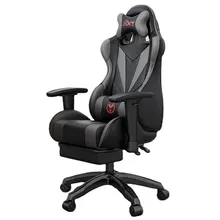






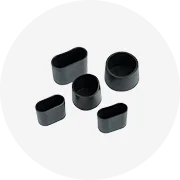
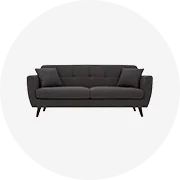
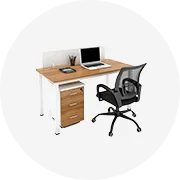

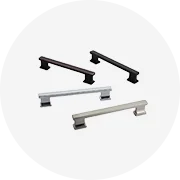
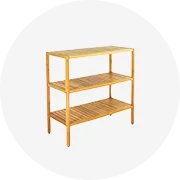

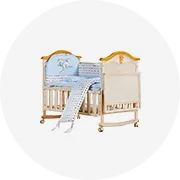

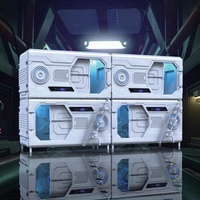









 浙公网安备 33010002000092号
浙公网安备 33010002000092号 浙B2-20120091-4
浙B2-20120091-4